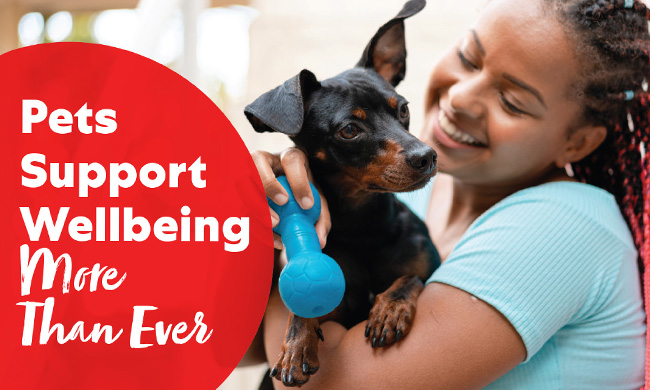A solid-waste specialist offers ways to halt the plague of pollutants choking the seas
By Kenneth R. Weiss
How much plastic debris ends up in the world’s oceans every year? That’s a question that preoccupied University of Georgia’s Jenna Jambeck for years until she worked out the math with colleagues in 2015 and published the findings in Science. Bottom line: The tonnage translates to the equivalent of five grocery bags full of plastic lined up on every foot of coastline around the globe.
Jambeck coauthored “Plastic as a Persistent Marine Pollutant,” a 2017 review on what’s known about how marine plastics work their way into the food web, in the Annual Review of Environment and Resources. It argues for a “Global Convention on Plastic Pollution,” similar to other international conventions to tackle persistent organic pollutants such as DDT and PCBs.
This interview has been edited for length and clarity.
Let’s start with the basics: How does all this plastic debris end up in the ocean?
The commonly quoted statistic is that the majority, about 80 percent, comes from land. It gets washed by runoff or blown by wind into the ocean or into waterways that lead to the ocean. The rest, about 20 percent, comes from catastrophic events or maritime sources, much of it fishing gear. In my work, I focus on municipal solid waste and poor design of trash receptacles, collection vehicles and landfills, especially in rapidly developing economies where waste management is lagging. Deliberately tossing litter or open dumping and burning trash is a part of human nature and how we’ve historically managed waste. But some cultures still do it.
That wasn’t a problem for the oceans until plastics came on board. If you throw out metal or glass or burn paper, that’s one thing. But plastics are persistent synthetic polymers that can last for centuries. The steep, steep increase of production of plastics, 620 percent in the last 40 years, has completely changed our waste stream.
Is the plastic problem growing or shrinking?
Right now, it’s still on the growth curve because of population growth and increase of plastic use.
If there’s so much in the ocean, why don’t we see more of it? Doesn’t it float?
Some floats and some sinks. It depends on the density of the polymer. Beverage bottles are denser than seawater and would sink, unless the cap is on. Capped bottles are filled with air and people tend to see them floating. Polyethylene, such as milk jugs, and polypropylene, which is used to make food packaging and wrappers, are the most common types of packaging that floats. Over time, the materials fragment into smaller and smaller pieces. Their density can change as they get colonized by bacteria and algae and then they can drift to the seafloor like marine snow.
We know that the ocean can spit plastic back on beaches. And there is plastic flying above our heads in the stomachs of seabirds. But we hypothesize that most of it probably ends up at the bottom of the ocean, potentially ground into smaller and smaller bits.
Why should we be concerned about this?
We’ve all seen heartbreaking pictures of entangled marine life, struggling to get free. We find plastic bags in the stomachs of sea turtles, plastic straws stuck in their nostrils. Plastics don’t biodegrade in the ocean, but fragment over time into microplastics, about the size of pencil erasers. And now we are finding microbeads, the size of the tip of a pencil, or even smaller. They replaced walnut shells or pumice as abrasives in toothpaste and exfoliating agents in body cleansers. And now, there’s a hot new area of environmental research tracking microfibers from synthetic fabrics, like fleece, often made of polyethylene. When you wash these garments, little pieces of these fibers wash out with the wastewater and can end up in the ocean. We’re just learning how all these fragments might come back to haunt us.
Can you offer an example of how plastic bits in the ocean might haunt us?
Depending on its size, plastic will get consumed by marine organisms. We have found plastic in the bellies of fish, and many, many other animals. Some research focuses on shellfish, like mussels or oysters, which accumulate microplastics and microfibers as they filter seawater to feed on plankton. When we eat an oyster or a clam, we consume the entire animal and everything it has accumulated.
Aside from sounding rather unappetizing, is it a problem eating bits of plastic?
It can be for wildlife. Seabirds like albatrosses fill their bellies with plastics, which don’t provide them nutrients — so they can starve to death. But it’s also contaminants the plastics can carry, either when they were produced with phthalates [to make them more flexible] or BPA [used to manufacture strong epoxy resin], or what they pick up in the environment. Even though plastics are hard materials, at the microscopic level they absorb persistent organic compounds. Persistent organic pollutants like DDT, PCBs, flame retardants and fabric treatments have an affinity for plastic. Plastics act like sponges, soaking them up. In fact, when you want to explore sediment contamination, you stick in a flat, rectangular sheet of plastic for a few weeks and then pull it out to analyze the contaminant load.
So we could be getting a side of pesticides or flame retardants with our seafood dinner?
Marine life and humans can be exposed to those chemicals in other ways, of course, but this is another potential pathway for those chemicals to reach us. Chelsea Rochman [an ecologist at the University of Toronto] has shown that fish have absorbed some persistent organic pollutants from plastics and had lesions on their livers, which are precursors to cancer. But we don’t yet understand the link between plastics, toxic compounds they carry, and what this could mean for humans.
What does it take for plastic to disintegrate, to break down into component parts?
Heat and sunlight can break down plastic. But we don’t think there is a lot of biodegradation for traditional polymers in the ocean. We don’t have a lot of sunlight on the ocean floor, and it’s much cooler in temperature. There’s a lot of abrasion and mixing near the surface to grind them up. And science has isolated a couple of strains of microbes and bacteria that can metabolize carbons in plastic. But our common understanding is that the long-chain polymers don’t really biodegrade.
We often hear about schemes to clean up the plastic debris in the ocean. Is this the right solution?
I like to use the analogy of the overflowing bathtub. If your bathtub is overflowing, the first you thing you do is turn off the tap. There are some worthwhile ocean cleanup efforts, such as collecting nets and fishing gear. But we need to focus on stopping the input from land.
How do we do that?
There is a whole continuum of solutions upstream that will affect downstream: reducing plastic production and devising ways to deliver products with less waste. We produce almost four times as much waste on a per capita basis as many middle-income countries. There’s talk about new materials, and designing them in a way to retain their value so they can be recycled. When needed, plastics should be properly treated and contained at a disposal site, but that is the least desirable option.
It’s exciting to work in a field where we could make a difference so quickly.
You sound quite passionate about the topic. How did this start?
When I was getting my PhD at University of Florida, I took a solid-waste class and I fell in love with studying solid waste. I’m fascinated with what people decide to throw away and what people decide to pick out and collect. Everywhere I go around the world, I take pictures of trash cans and talk to trash collectors. When I’m at a hotel, and I hear the beeping of a truck backing up, I think that may be the trash truck and I need to get a picture. I’m in an international speakers program sponsored by the [U.S.] State Department, and go to universities to meet with other professors and students and government officials about how to keep plastic from going in the ocean. Sometimes they take me to landfills, but I also like to go independently. I am fascinated with them as places that reveal our history and current state of affairs. I don't associate dumps with waste but with people who threw away the waste, and those who are there to manage it or recycle it. I love to talk to waste pickers to better understand their social and cultural issues. I get so jazzed with those on-the-ground interactions. I just love it.
Sounds like dumps are your happy place?
They are. I met my husband at the landfill when I was in grad school. We fell in love at the landfill. This was in Florida and the landfill was a high point. We could see romantic sunsets there. My husband doesn't really have the romanticized view of the landfill that I do. But he definitely understands me, which is great.
When did you begin to focus on plastic debris flowing into the ocean?
I started looking at the issue in 2001 and I was laughed at. Fewer people cared about the issue back then, and the field wasn’t respected as a scientific discipline. But I felt instantly passionate about it. And things have changed. It’s really grown as a research field with recognition that this is a serious issue. If the goal is zero input into the oceans, one important thing you can do downstream is collect data. That’s why I developed an app.
An app?
Yes, it’s called Marine Debris Tracker and available for iOS and Android. It’s for citizen-science work. People can take a picture of, or tell us, what they find and send it to our database. We also hope they pick up whatever litter they find. We make all of the data available to the public.
In your review, you and your co-authors call for a global convention on plastic pollution. Is this really needed?
I think it is, because it’s inherently a global problem. Once plastic ends up in the ocean, it can ride the currents and end up anywhere. There are national efforts, like Kenya recently banned plastic bags. And there are regional agreements that can help. But a global convention could bring everyone together to tackle this problem.


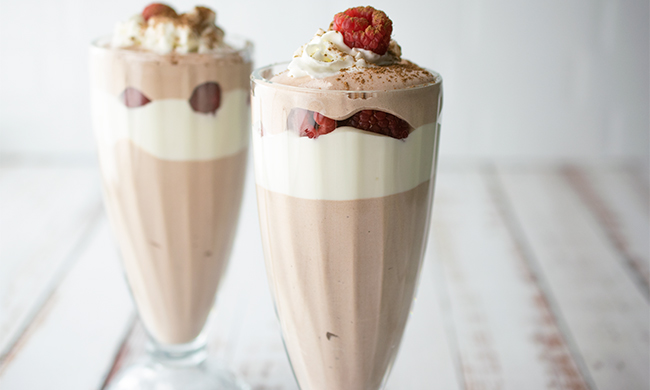
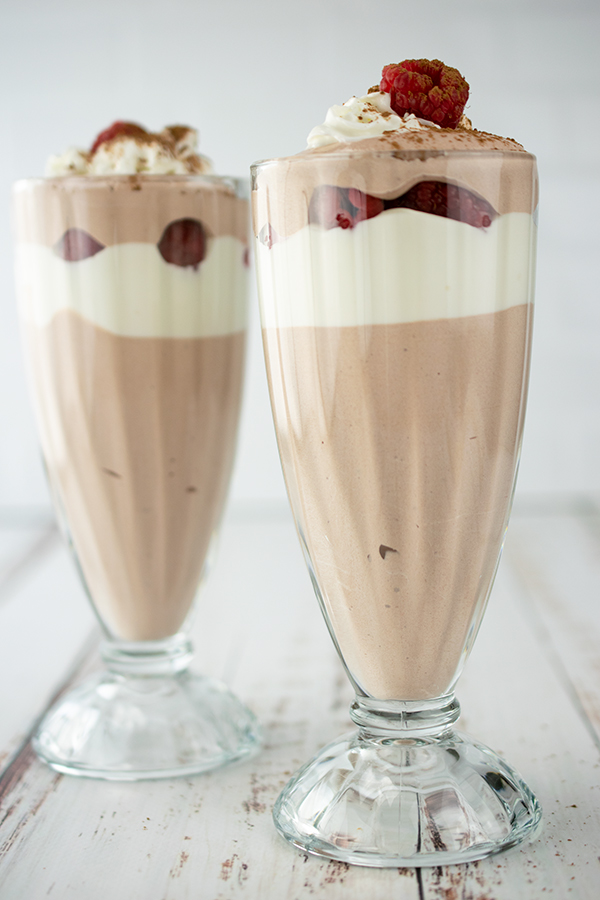


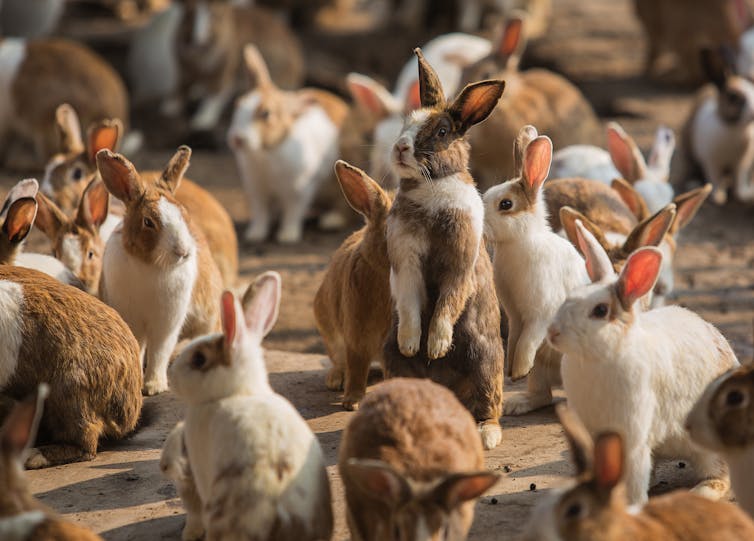

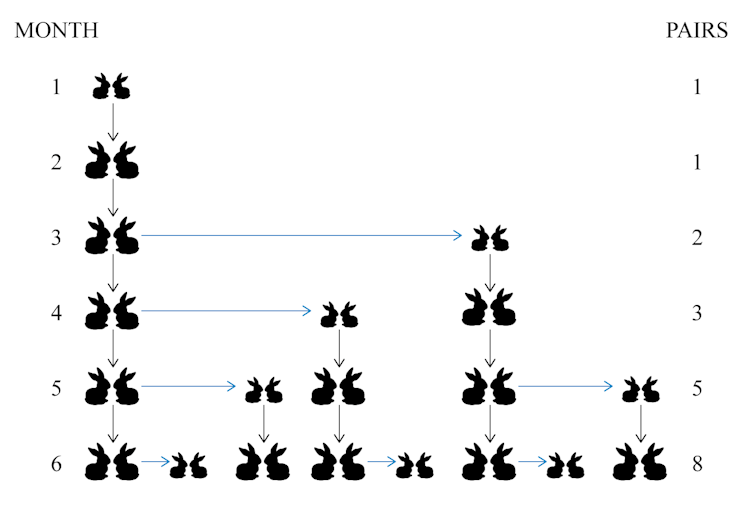
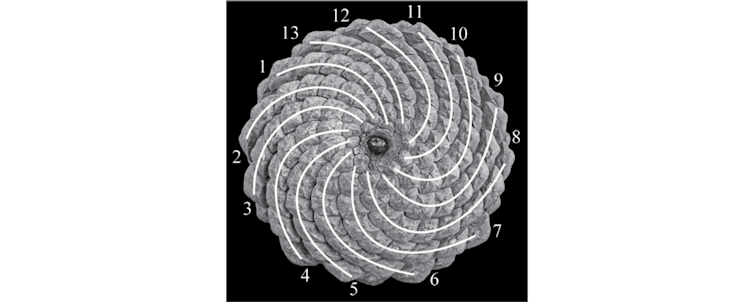
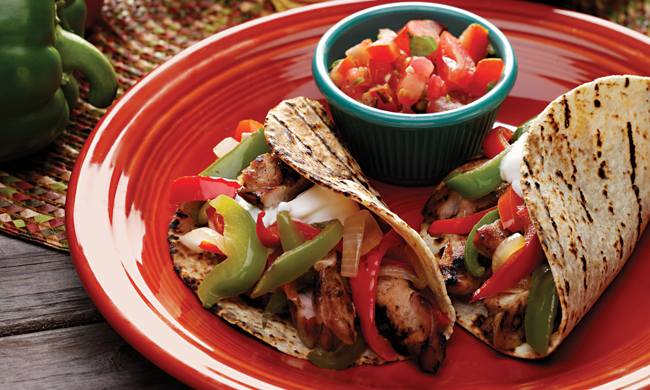
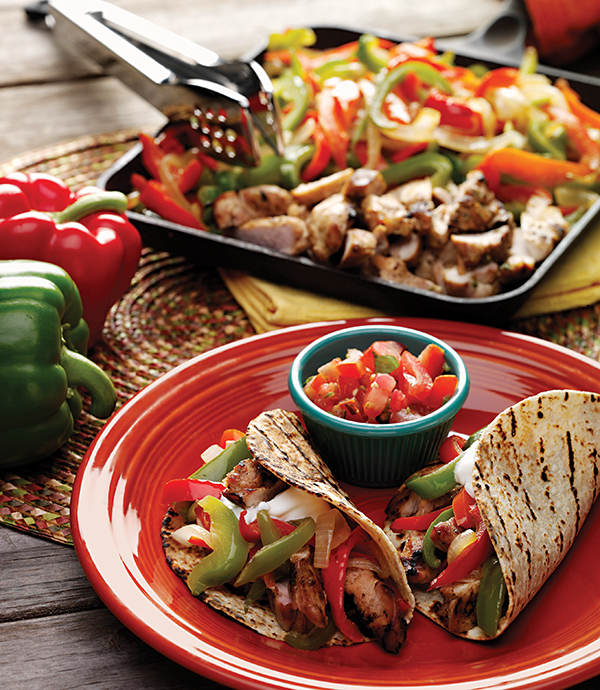
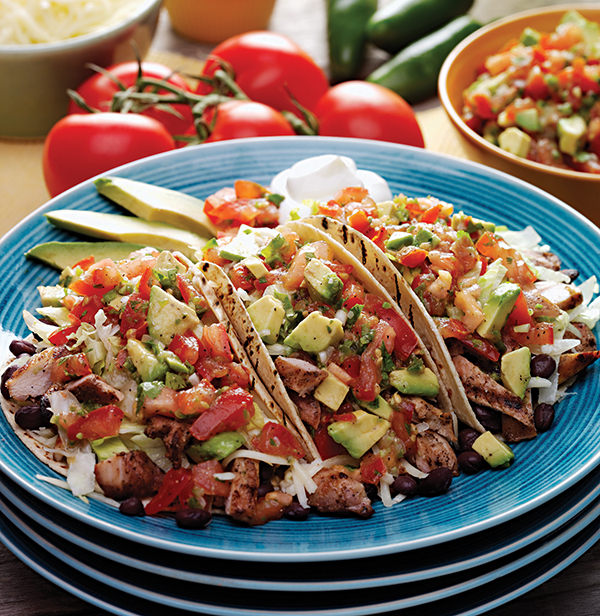
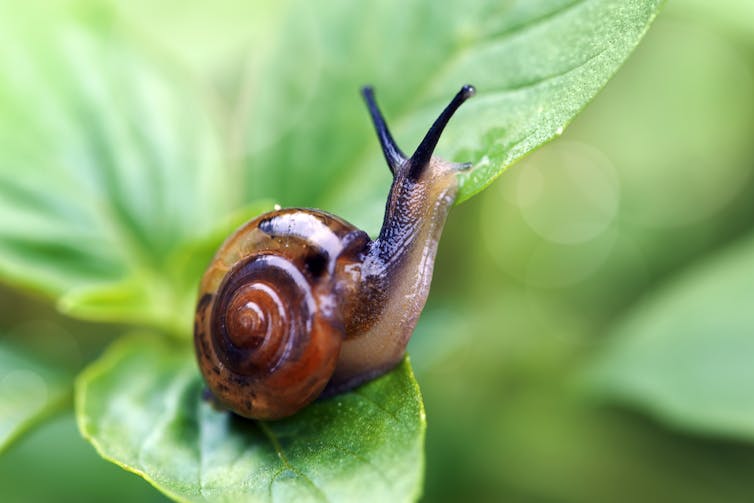

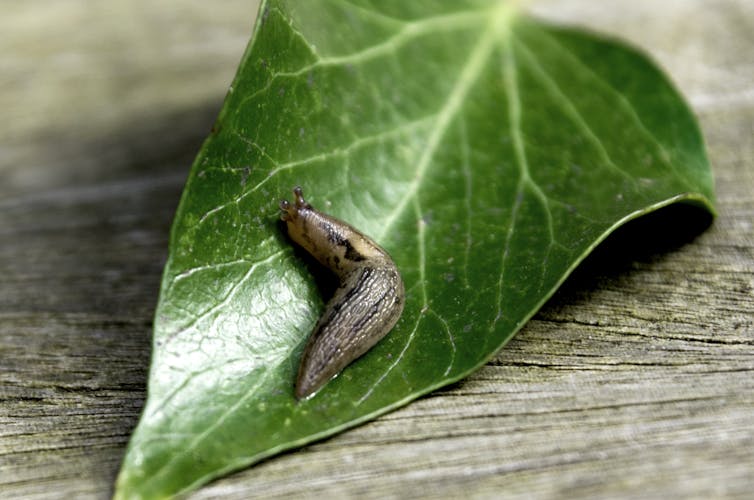
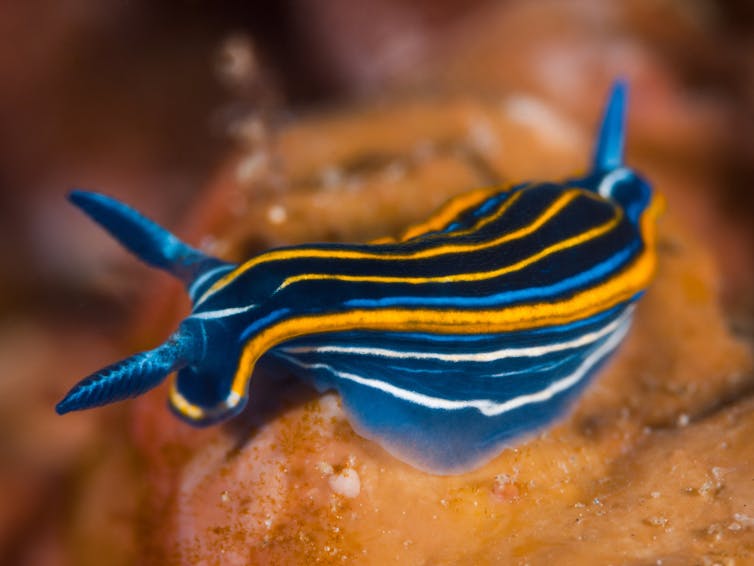



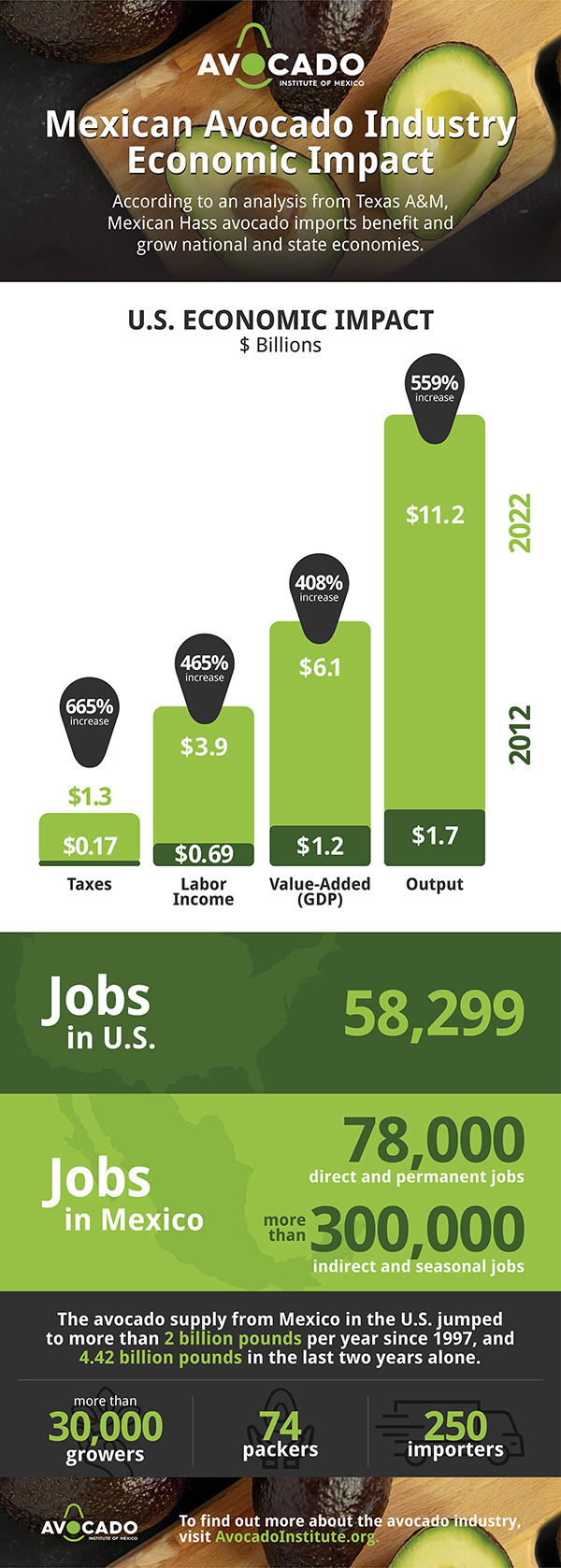
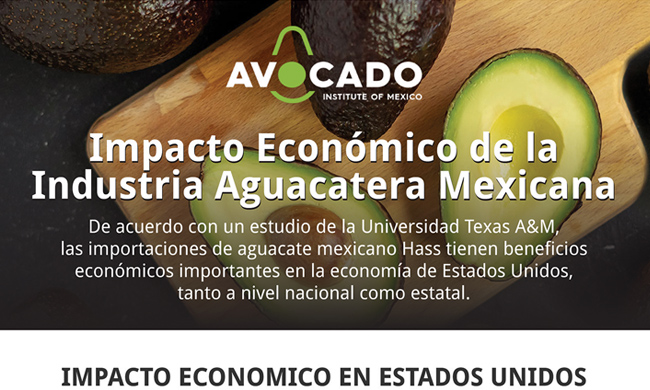
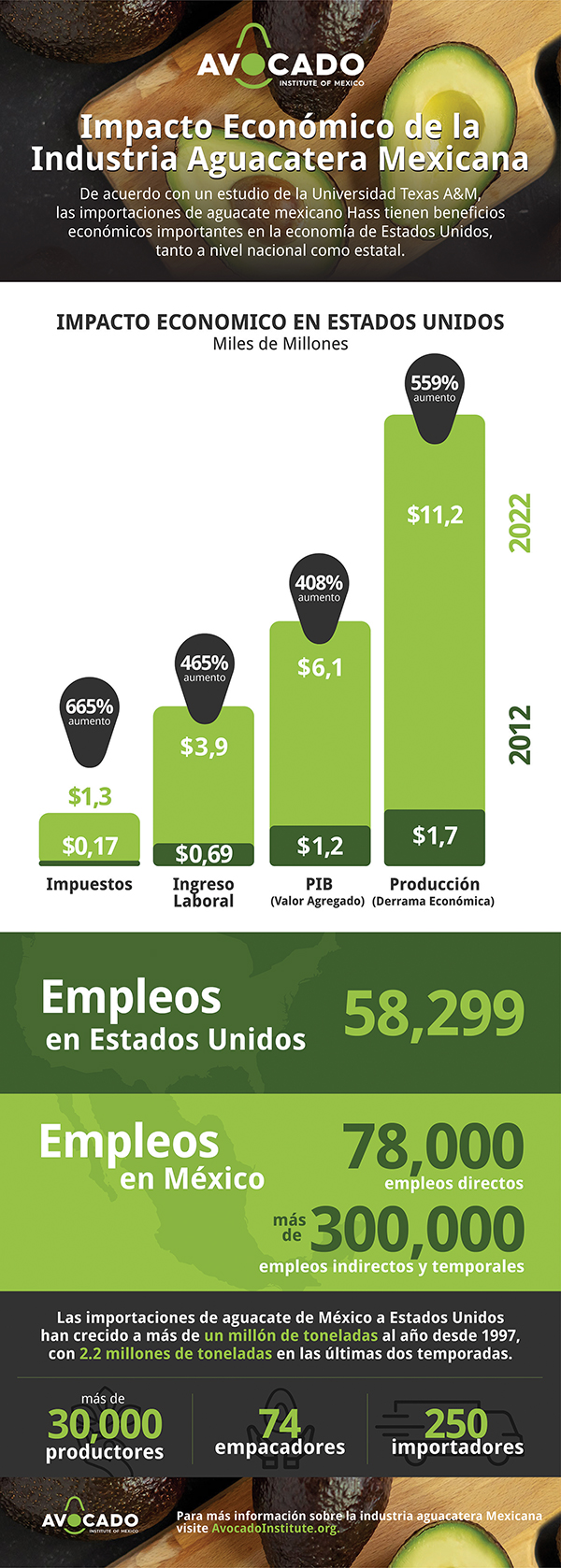

 Según los Centros para el Control y la Prevención de Enfermedades (CDC, por sus siglas en inglés), las vacunas ayudan
Según los Centros para el Control y la Prevención de Enfermedades (CDC, por sus siglas en inglés), las vacunas ayudan 
